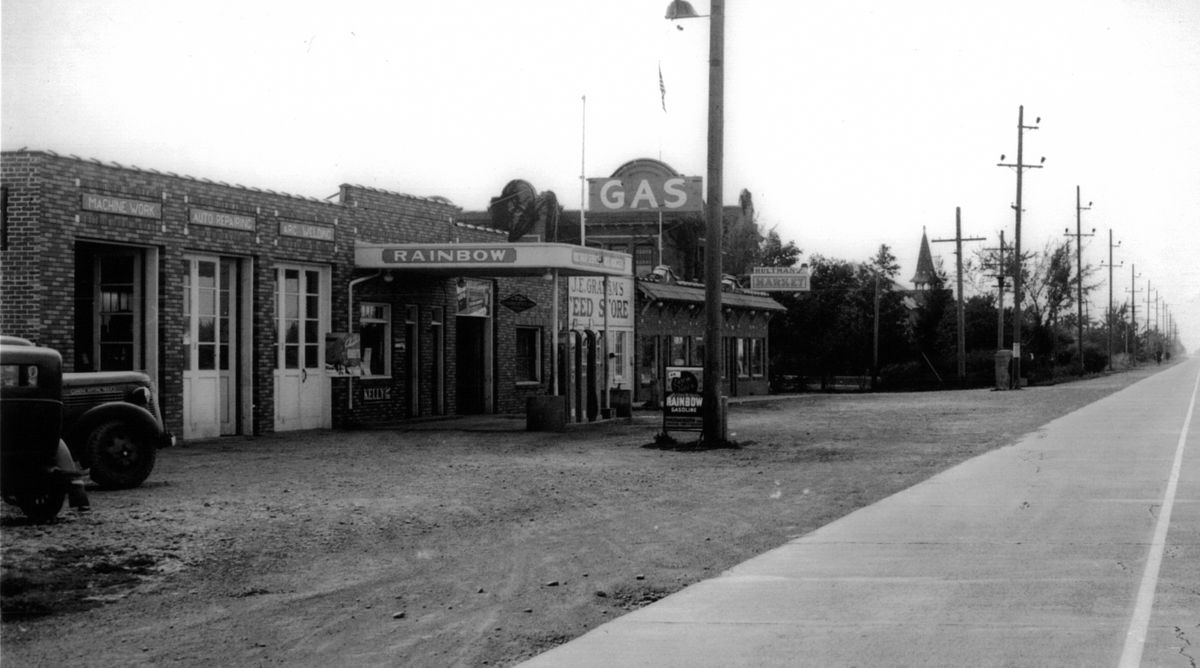Then and Now: Veradale, Washington

Donald K. McDonald, born 1861 in Nova Scotia, Canada, came to Spokane in 1881 by way of California. His first job was construction on the Northern Pacific railroad, which was completing its transcontinental route through Spokane.
A year later, McDonald was farming a homestead near Edwall, Washington.
In 1884, he joined the Oregon Mortgage company and started his real estate career, which would leave a lasting impact on Spokane and Spokane Valley.
Like many settlers, McDonald saw the Spokane River valley, the Palouse and other relatively level areas as ideal for agriculture, including row crops, grains and tree fruit, and believed that man-made irrigation was the key.
McDonald and various partners were also involved in acquiring land, early on through federal homestead or mining claims, and building irrigation projects in Eastern Washington and North Idaho in the territorial era.
McDonald and R.A. Hutchinson would buy and develop a half section of land, equal to one- half square mile, in Opportunity Township in Spokane Valley.
A 1904 McDonald advertisement read: “We have some beautiful 10 acre tracts on Sprague Avenue, adapted to fruit and chickens. They will make fine homes on account of their nearness to the city.”
McDonald would establish Vera Electric Water Co. in 1908 along with partners A.C. Jamison and Andrew Good. The utility survives today as Vera Water and Power. In 1911, three square miles would become known as Veradale, named for McDonald’s only child, Vera.
A flattering Spokesman-Review 1909 feature story raved, “In the spring of the year, when the trees are in full bloom, a big fruit orchard presents one of the most beautiful scenes imaginable.” The article listed Veradale’s amenities of electricity, running water, including farm irrigation, and convenient transportation to downtown Spokane by electric train.
In 2003, Veradale became part of the new city of Spokane Valley.
In the 1910s and 1920s, McDonald would take prospective buyers on tours of available properties in an automobile at breakneck speeds up to 35 mph. Friends called him “a fast driver,” according to his Spokane Chronicle death notice.
In 1928, McDonald died when his car went off a dike road and plunged into the Kootenai River while inspecting an irrigation project in Bonners Ferry, Idaho. His daughter, Vera McDonald Cunningham, died in 1956.